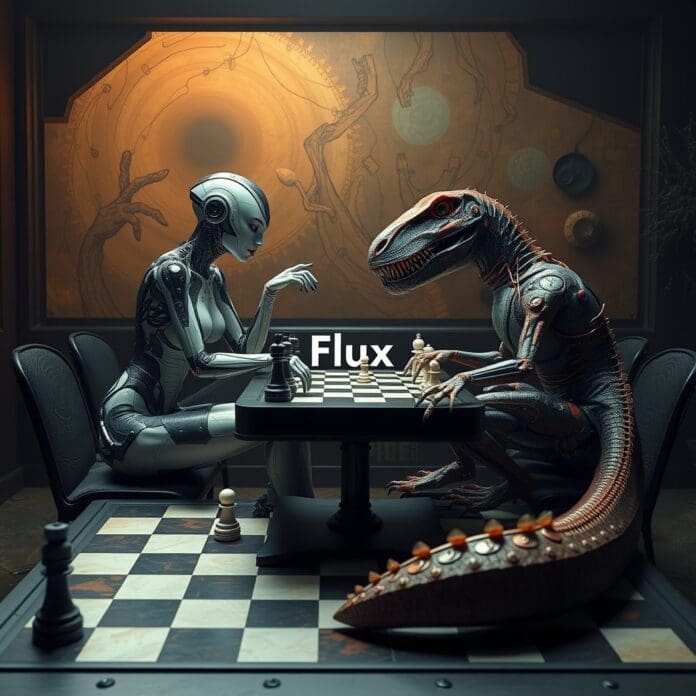Blockchain technology is rapidly transforming how decentralized physical infrastructure networks (DePIN) operate. By decentralizing cloud services, data marketplaces, and IoT systems, blockchain brings more efficiency, security, and scalability. Projects like Flux, Akash, Streamr, and IoTeX are pioneering this space. Below, we’ll explore how these platforms are reshaping DePIN and their key benefits.
1. Decentralization: Shifting Control to the Users
To begin with, decentralization is at the core of blockchain’s value. Traditional infrastructure is often controlled by large entities like cloud providers, which can lead to vulnerabilities and higher costs. Flux, for example, offers a decentralized cloud network that reduces reliance on major providers. By tapping into a global network of users, Flux allows anyone to access cloud resources in a more cost-effective and secure manner.
Additionally, decentralization enhances system resilience. Since Flux operates across a distributed network, there’s no single point of failure. Therefore, users are less likely to experience outages caused by centralized servers going down. As a result, businesses and developers have more control over their applications and data.
2. Enhanced Security: Keeping Data Safe
Another key benefit of blockchain in DePIN is its superior security. Blockchain’s immutability ensures that once data is recorded, it cannot be easily changed. This is particularly important for IoTeX, a blockchain platform designed for secure communication between IoT devices. IoTeX encrypts device data and ensures secure interactions between connected devices.
In cloud computing, Akash Network takes a similar approach. It uses blockchain to secure service agreements and transactions between users. By decentralizing cloud infrastructure, Akash eliminates many of the risks associated with centralized cloud providers. As a result, users benefit from increased security without compromising performance.
3. Scalability: Meeting Growing Demands
As DePIN networks grow, scalability becomes essential. Traditional systems often struggle to meet increasing demand, which leads to slower processing times and higher costs. Fortunately, blockchain offers solutions to these challenges. For instance, Akash enables decentralized cloud computing, allowing users to scale their applications by accessing unused compute resources globally. This approach ensures that as demand increases, resources can be allocated dynamically, leading to a more efficient system.
In the same way, Streamr focuses on scaling data sharing across IoT networks. Its decentralized data marketplace allows for real-time data trading between devices, ensuring that the network remains scalable as more IoT devices come online.
4. Interoperability: Bridging the Gaps
Moreover, blockchain enhances interoperability, or the ability of different systems to work together. This is crucial in DePIN, where various networks often need to share data. IoTeX excels in this regard, offering a blockchain platform that allows different IoT devices to communicate securely. As more devices connect to the IoT ecosystem, interoperability ensures that data flows smoothly between them.
Similarly, Flux allows applications to run across multiple blockchain networks, ensuring compatibility without relying on centralized providers(
This level of interoperability is key for industries that require seamless communication between different systems.
5. Community Governance: Empowering Stakeholders
Blockchain also offers the advantage of decentralized governance, giving stakeholders a say in decision-making. Flux and Akash Network both employ token-based governance systems. Operators can vote on proposals, such as network upgrades.
This participatory model ensures that the network evolves according to user needs, rather than decisions being made by a central authority.
Community governance also fosters greater transparency. Since all decisions are made openly and recorded on the blockchain, users can trust that the process is fair and democratic.
6. Efficiency and Cost Savings: Optimizing Resources
In addition to its security and scalability benefits, blockchain in DePIN offers significant cost savings. Akash Network, for instance, allows users to lease unused compute resources from others, cutting out the middleman.
This decentralized model not only lowers costs but also ensures that resources are used more efficiently.
Similarly, Streamr enables peer-to-peer data trading, eliminating the need for intermediaries. By using blockchain to facilitate direct transactions, Streamr reduces costs and improves efficiency in data sharing(
This is particularly beneficial in industries like advertising and IoT, where real-time data is critical.
The Future of DePIN with Blockchain
The final word, blockchain technology is a game-changer for decentralized physical infrastructure networks. Platforms like Flux, Akash, IoTeX, and Streamr are driving the shift toward more secure, scalable, and cost-effective systems. Through decentralization, enhanced security, scalability, and tokenization, these projects are reshaping industries and unlocking new opportunities for individuals and businesses worldwide.
As the DePIN space continues to grow, the benefits of blockchain will become even more apparent, enabling a future where decentralized infrastructure powers everything from cloud computing to IoT.



